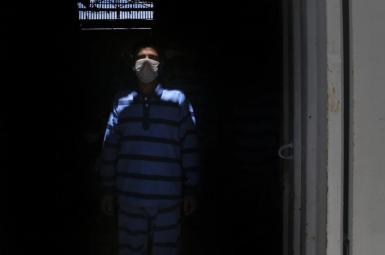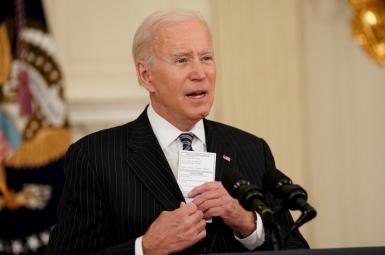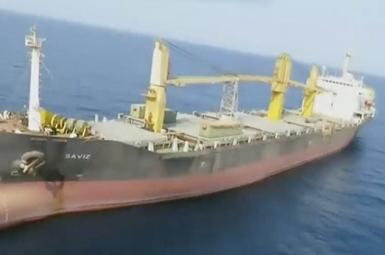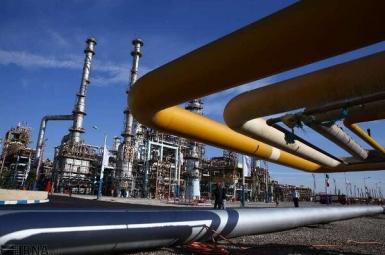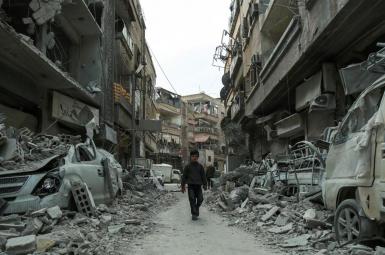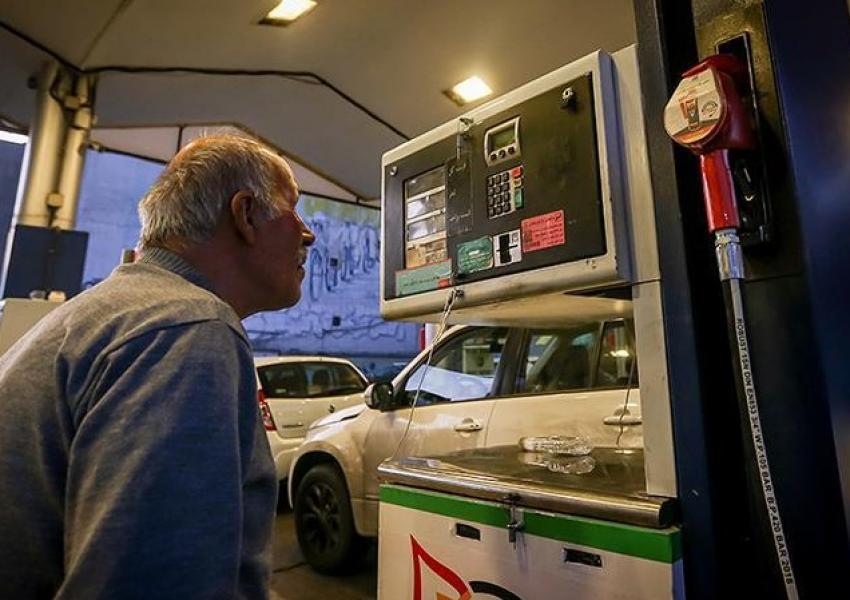
Petrol and its Price in Iran: More Perplexing than Ever
Similar to what has happened over and over again in the past few decades, the Iranian government’s recent decision to ration petrol and increase its price, has provoked instabilities in relation to this sensitive product.
In fact, the price of petrol has always been one of the most complex and controversial political and economic issues in Iran and its fluctuations in the past few decades clearly demonstrate the roots of the chaos that is ruling the country’s economy and politics. A number of the current Iranian society’s problems, such as rare resources going to waste, cheap fuel prices, social inequalities, environmental pollution, corruption, weak economic leadership have always been directly and indirectly related to petrol and the ambiguity regarding it.
From a merely economic perspective, the price of petrol in Iran is too low and the permanence of this situation has created difficult and unsustainable challenges for the country to plan the annual budget. But, set against the sociopolitical realities of Iran, any economic logic loses its vigor and distorts any reform in relation to bringing petrol prices closer to the international level.
In reality, economic logic would call for the price of petrol to reach its real level, however, tensions in the country’s social and political environment have frightened the Iranian authorities to the point that even if they wanted to make the prices more real, they would get tangled in paradoxes and ambiguities, as is witnessed in current circumstances.
Economic Logic
With regards to the chaos that is ruling Iran’s petrol market at the moment, an economist would emphasize the following points:
1. Right now Venezuela offers the cheapest and Hong Kong the most expensive petrol for their citizens. To better understand this comparison on a global scale, let us recourse to the Iranian currency, ‘Toman’, exchanged at a rate of 11,500 per each US dollar. The petrol in Venezuela reaches its consumers at 0,001 dollars or 11,5 Tomans, whereas a consumer in Hong Kong spends 2,2 dollars which is equal to 25300 Tomans per liter. Before rationing and increasing the prices, Iranians would buy a liter of petrol for 0,08 dollars and Iran was ranked second after Venezuela in offering the cheapest petrol in the world. Now that the price of unsubsidized petrol has jumped to 3000 Tomans, i.e 0,26 dollars, Iran still follows Venezuela at selling the cheapest petrol, one step ahead of Algeria which sells it at 0,35 dollars a liter.
2. Based on Dr. Farrokh Ghobadi and Dr. Reza Mobseri’s calculations, both Iranian economists, the average wholesale petrol prices is 0,94 dollars or 10,810 Tomans per liter (Donyaye Eqtesad daily, 23 July 2019). In other words, each liter of petrol in Iran, even after it hit 3000 Tomans, still costs 7,810 Tomans cheaper than the average global wholesale price. This means that outside Iran petrol costs 3,60 times higher than inside Iran.
3. Thus, the low petrol price in Iran (even 3000 per liter) is possible due to the visible and invisible subsidies that it enjoys. Actually, not only petrol but other energy carriers, such as electricity, gas oil and gas receive astronomical subsidies. The International Energy Agency has stated that Iran pays 69 billion dollars annually in visible and invisible subsidies to the energy sector and ranks first in the world in this respect. Iran has only 82 million population and still ranks higher than China, with its 1,3 billion population, in paying subsidies to the energy sector.
4. This situation has caused major problems in Iran. Let us review some of them. First, paying such heavy subsidies to the energy sector, the Iranian government is using up the future generations' resources in order to prevent social explosions. The unreality of petrol prices has led to its waste in unbelievable dimensions; it is used in decrepit cars, increases the pollution in different cities and hikes inequality since a great part of this cheap petrol subsidy goes to the wealthy classes who own more than one car and are therefore more mobile.
Additionally, considering the stark difference in the petrol price between Iran and its neighboring countries, a big proportion of this product is smuggled beyond Iran’s borders every day to gain major profits, a great deal of which is received by mafias. Petrol in Turkey costs 1.17 dollars (13445 Tomans), making it 10,445 Tomans more expensive than in Iran. Therefore, smuggling petrol to Turkey is a highly profitable act and preventing it is only short of impossible even with careful border control.
Social and Political Realities
Few people would deny the economic logic in order to justify the hike in energy carriers' prices, such as petrol. A normal country is familiar with how pricing and necessities work, and would, therefore, easily find a solution to even the most sensitive issues such as those in relation to gas and steer the country away from one of the biggest, most dangerous and futile chaoses. The subsidy reform plan, which was passed and enacted in 2010 during Ahmadinejad’s presidency, gave Rouhani’s government the legal permission to bring the petrol price closer to the F.O.B in the Persian Gulf. But over the past 6 years, the government tried this only twice, before fixing it at 1000 Tomans per liter. In reality, the political transformation in Iran has made it impossible for the subsidy reform plan to succeed and after nearly 10 years, the situation has remained as it was before.
So what pushed the government to decide so suddenly, though with support from what has come to be called the ‘Supreme Council for Economic Coordination’, to ration petrol and increase its price after a long period of non-action in relation to it? The answer is to be sought in the current economic situation of the country. The export of Iran’s oil has fallen from 2,1 million to lower than 500 thousand barrels per day because of the economic sanctions and even the foreign currency revenue from this little export does not end up in Iran. So what can be done?
At the session of Administrative Council of Kerman Province, which took place on Tuesday, November 12, Rouhani described the country’s situation at the moment of presenting the 2020 budget to the parliament in the following way: “we all know that the country is not in normal conditions and we are in a difficult position. Over the past 41 years since the beginning of the revolution, these past few months and years have been the most difficult… Today, how is the country supposed to be governed considering all the problems we have faced in selling our oil?”
“The annual budget of the country is 450,000 billion Tomans and perhaps it increases this year and we need this money for the state enterprises and giving services to the people in education, healthcare, paying salaries and pensions, and taking care of the disabled and low-income groups. The question is how are we to make money for this 450,000 billion Tomans? Nothing can be done without money and we need a lot of resources to do this. The highest taxes we predict to collect is around 150,000 billion Tomans; we must ask: how is the government supposed to get the other 300,000 billion Tomans necessary to pay for the budget?
In response to this question, which had been asked time and again, Iranian experts offered different suggestions, among which was increasing the petrol price. They explained that raising the petrol price could compensate for the exorbitant budget deficit.
But how could the government increase the petrol price when the country is living under crippling sanctions and, as the president states, 75% of the population live in hard conditions, the inflation is a rampant and big proportion of the middle class has been hurled under the poverty line?
The solution was to find a meeting ground between increasing petrol prices and simultaneously increasing 18 million household’s subsidies, who make up for 60 out of the 82 million population of Iran. In reality, the political factions in Iran know very well that reactions to the petrol price hike can cause a social explosion which in turn puts the regime security in danger. Increasing cash subsidies (55,000 Tomans per month for each one-person household which means up to 205,000 Tomans for a five-member household) is supposed to dispel people’s negative reaction to the hike in petrol prices or at lease prevent this negative reaction from becoming a full-scale public outrage.
Isn’t it paradoxical to increase petrol prices and simultaneously increase the cash subsidies to quench people’s wrath? Is the revenue from increasing the gas prices enough to pay for both the cash subsidies and the exorbitant budget deficit? Wouldn’t the consequences of these increases, such as inflation and fluctuations in the currency market, add fuel to fire?
These questions and other similar ones will be repeated in Iran’s political and economic environment over the coming weeks.



